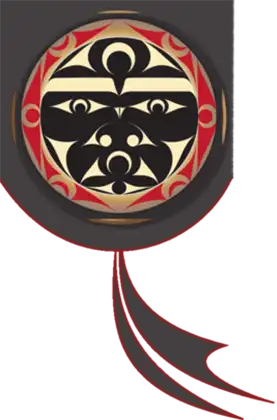Lesson-11: Places to go
Lesson-11: Places to go
Sentences:
x̌ačuʔ
lake
gʷəlapu ʔi ti ʔiišədləp gʷəl ləƛ̕aʔ x̌ačuʔ .
You and your family are going to Lake Goodwin.
ʔiɬčad x̌aču Goodwin gʷəl x̌aču ki.
Which beach, Lake Goodwin or Lake Ki.
ɬuk̓ʷit̕ čəɬ ʔal ti x̌ačuʔ Goodwin.
Let's go to Lake Goodwin.
ʔəsx̌aƛ̕txʷ čəd ti x̌ačuʔ ki.
I like Lake Ki.
st̕il̕t̕ilib – Songs
Songs are woven through the soul of the Coast Salish culture. People use their songs to help encourage, support and teach traditional aspects of native life, as well as recount history or stories. Several prominent stories have songs tied directly to them.
The waterways of Puget Sound and all the rivers and lakes that connect them created a superhighway for people of this land. The songs were used to help paddlers keep their rhythm and maintain momentum. Even today during Canoe Journey you can hear many traditional songs being sung to urge the paddlers forward.
Gathering foods in the mountains and around Puget Sound took time, but songs helped pass the time and tighten family bonds. At Tulalip, Martha Lamont’s Berry Picking Song is often heard at local gatherings.
Songs are considered personal and hereditary property. It is respectful to get permission to use songs that are not one’s own and give recognition to whom the song belongs.
When people are younger they may receive a song during a vision quest. The song will hold significance for the person and is often tied to nature, like the wind, the sea, trees, and rivers. Some people may receive more than one song and Ancestral songs like the Berry Picking song are passed down through generations and can date back thousands of years.
Songs are normally accompanied by drums, clappers or rattles and sometimes flutes or whistles. The beat of the drums is said to be the heartbeat of the earth and flutes the songs of wind.
At Tulalip, we use songs as a way of carrying on the Language. Many of the songs here are songs to help children learn Lushootseed words and phrases.
